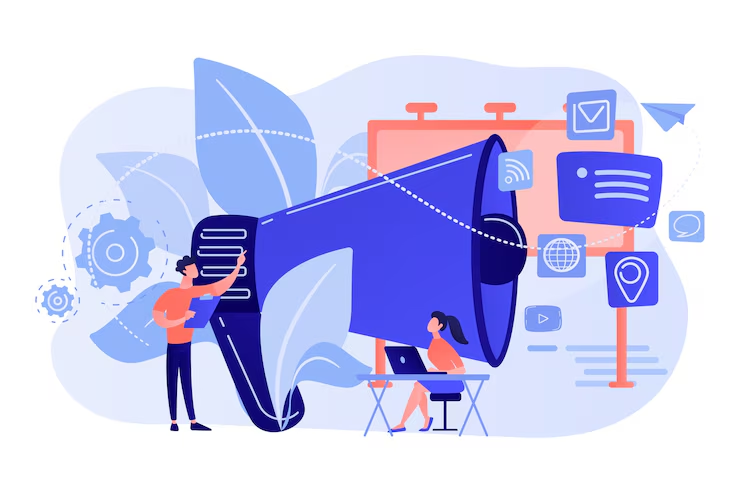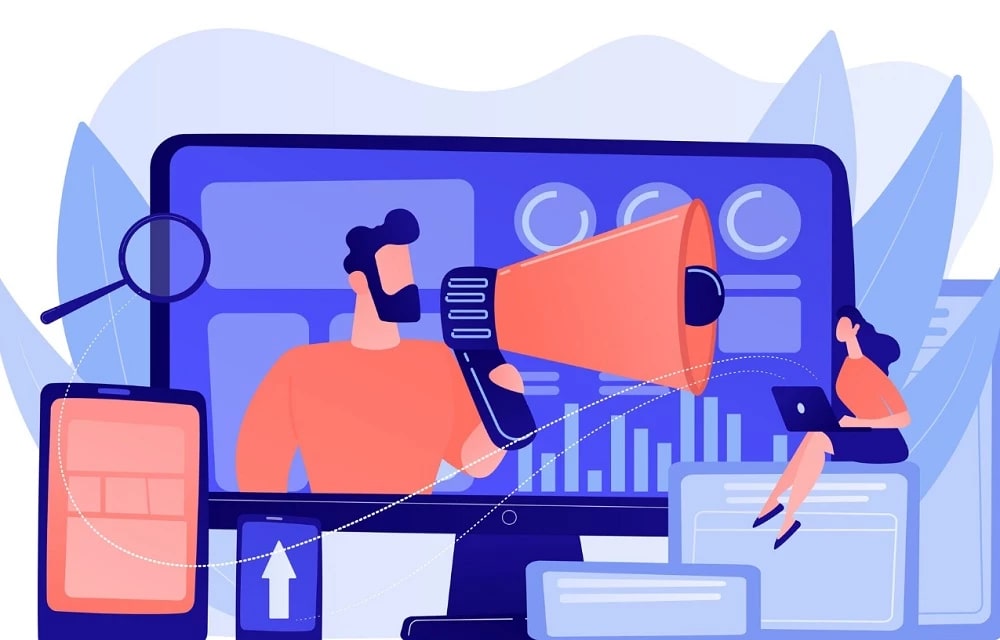Best Push Ads to Increase Conversions
Advertisers choose push-style formats because they sit above the UI and grab attention. But what exactly are they and how do "push advertise" actually work?
Learn MoreWhat Is Push Ad?
Push ads are paid messages that resemble system notifications. Networks deliver them in two ways:
- Web Push Ads: real browser notifications sent to users who previously granted permission (via a site subscription). They can reach users even when they're off-site.
- In-Page Push: notification-like widgets rendered inside webpages; no subscription is required.
Separately, Mobile App Push is an owned messaging channel used by your app to reach its users, and it requires OS-level notification permission. It isn't a media buy through push ads network.

How Push Ads Work?
For ads bought via a network, targeting usually includes geo, device/OS, language, and interest/activity signals, with dayparting and frequency caps. Most campaigns run on CPC; some best push ads networks also offer CPA or CPM for In-Page inventory.
Track with UTM and postbacks, rotate creatives, tune bids, and prune weak sources. Start modestly—1–3 impressions per user per day—and refresh creatives as CTR declines.
Campaign Setup Tips
- Start with 1-3 impressions per user daily
- Use UTM parameters for tracking
- Rotate creatives regularly
- Monitor CTR and adjust accordingly
Types of Push Ads
Web Push
Browser-permissioned notifications. People opted in. Ads appear in the system or browser tray and stand out from the page.
In-Page Push
Notification-like widgets on a web page. No subscription. Works on desktop and mobile, including iOS browsers.
App Push
App-level notifications with system permission. Closer to CRM than pure ads. Ideal for retention and reactivation.
Push Ads Comparison
| Aspect | Web Push | In-Page Push | App Push |
|---|---|---|---|
| Permission | Yes: browser opt-in | No subscription needed | Yes: in-app permission |
| Where it shows | OS/Browser notification area | On the page, styled like a notification | OS notification area |
| iOS coverage | Limited and browser-dependent | Works in browser on iOS | Full, if the app has permission |
| Reach | Subscribers only | Broad: any site visitor on partner pages | Your app users only |
| Typical pricing | CPC, sometimes CPA/CPM | CPC/CPA/CPM | Not an ad by default; paid when brokered |
Push Ads Key Advantages
High Visibility
The notification-like frame stands out above page layout; bypasses ad-blocking scenarios.
Friendly Economics
Most networks charge CPC, so you pay for clicks. Start small and scale what works.
Precise Targeting
Choose geo, device/OS, language, interests/behavior, and user-activity tiers.
Short Learning Loops
Creatives are lightweight. You can test multiple angles in a day and evolve winners.
Push Ad Creative: Elements & Best Practices
Elements
Icon
Square, simple, readable at small sizes. Use a clear pictogram or brand mark.
Headline
Up to ~45 characters. One benefit plus one trigger (urgency, proof, novelty, clarity).
Message
60–90 characters. Remove doubt, add a number or timeframe, explain the next step.

Best Practices
One Promise Per Ad
Do not stack claims. Keep it simple and focused.
Strong First Words
Put the strongest word first; use numbers and time.
Match Landing Page
Keep the headline and visual scent consistent to reduce bounce.
Test Angles First
After finding a winner, vary icon, banner, and headline micro-edits.
Where to Buy Push Traffic & What to Check
Core Criteria
Inventory & Reach
Active daily impressions, GEO/device coverage, and the share of In-Page vs Web Push.
Pricing & Bidding
CPC as the default; CPA Goal and CPM as options. Clarify recommended CPC ranges by GEO.
Targeting Depth
GEO, device/OS, language, user-activity tiers, interests/behavior.

Step-by-Step Guide on Launching Your First Push Campaign
1. Define Offer & KPI
Pick a single offer and one success metric (target CPA or minimum ROAS).
2. Choose Format
Start with In-Page Push for reach and fast testing.
3. Segment Narrowly
Pick one GEO and one device family to start.
4. Build Creative Pack
Prepare 2–3 angles × 3–5 variants each.
5. Set Bids & Budget
Use the network's recommended CPC for your GEO.
6. Control Exposure
Start with 1–3 impressions per user per day.
FAQs
Bottom Line
Push ads are a quick, cost-efficient way to validate offers and capture incremental demand. Use In-Page for scale and Web Push for permissioned re-engagement, then protect performance with modest frequency and steady creative refresh.
Measure progress on your own baseline—fit (CTR), funnel (CR), and cost (CPA)—and iterate weekly.
Ready to ship? Start with one GEO, 8–15 creatives, and a 200–300-click learning budget, then expand.
Buy push traffic